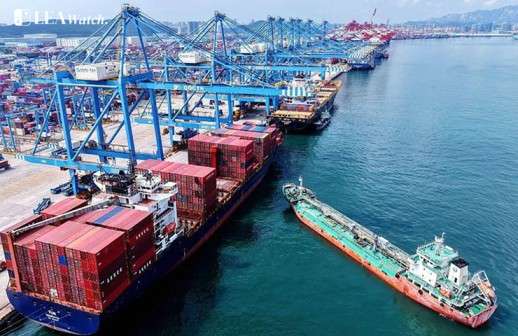The US and China have agreed to extend their trade cease fire for 90 days just hours before a steep duty increase was set to go into effect. President Donald Trump signed the order extended the deadline while US tariffs on Chinese products remained at 30% and China maintained its 10% levy on US goods.
The extension offers breathing space for negotiations on trade imbalances, market access, and tech restrictions. While the US seeks greater export opportunities and curbs on Chinese access to sensitive technology, China calls for lifting “unreasonable” trade barriers and stabilising semiconductor supply chains.
This action provides temporary relief from the escalating tensions between the two largest economies in the world by quelling a tariff escalation that could have exacerbated global inflationary pressure, aggravated supply chain disruptions, and place stress on developing markets; however, the fundamental disputes regarding rare earth access, technology sales, and Chinese oil purchases from Russia still remain unsolved, preserving the underlying strategic competition.
The truce is a pause, not peace. If talks fail before 10 November, tariff hikes could return, reigniting global market volatility. Both nations may use the window to secure leverage, but the trajectory suggests continued economic decoupling, with trade becoming a key weapon in broader US–China strategic competition.

